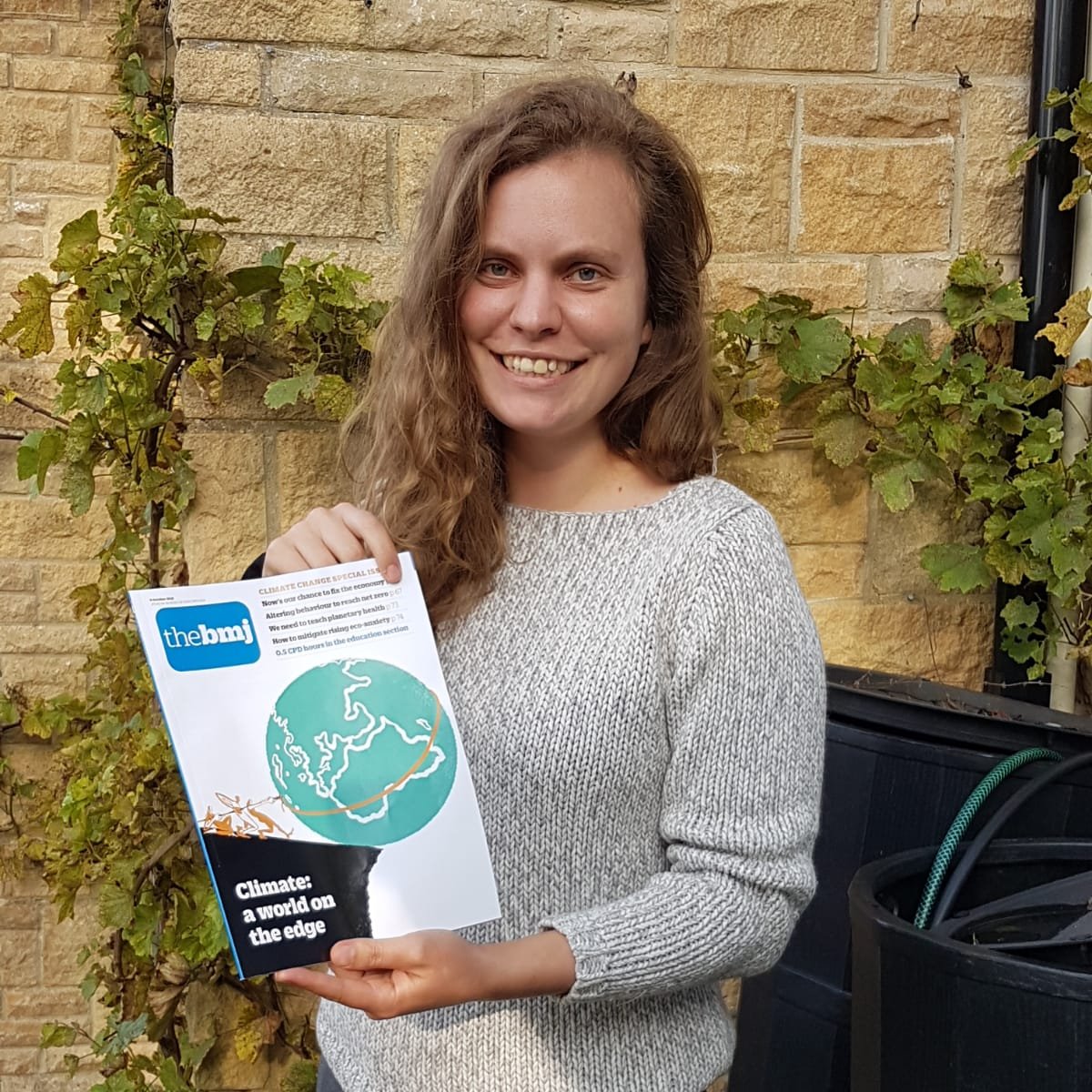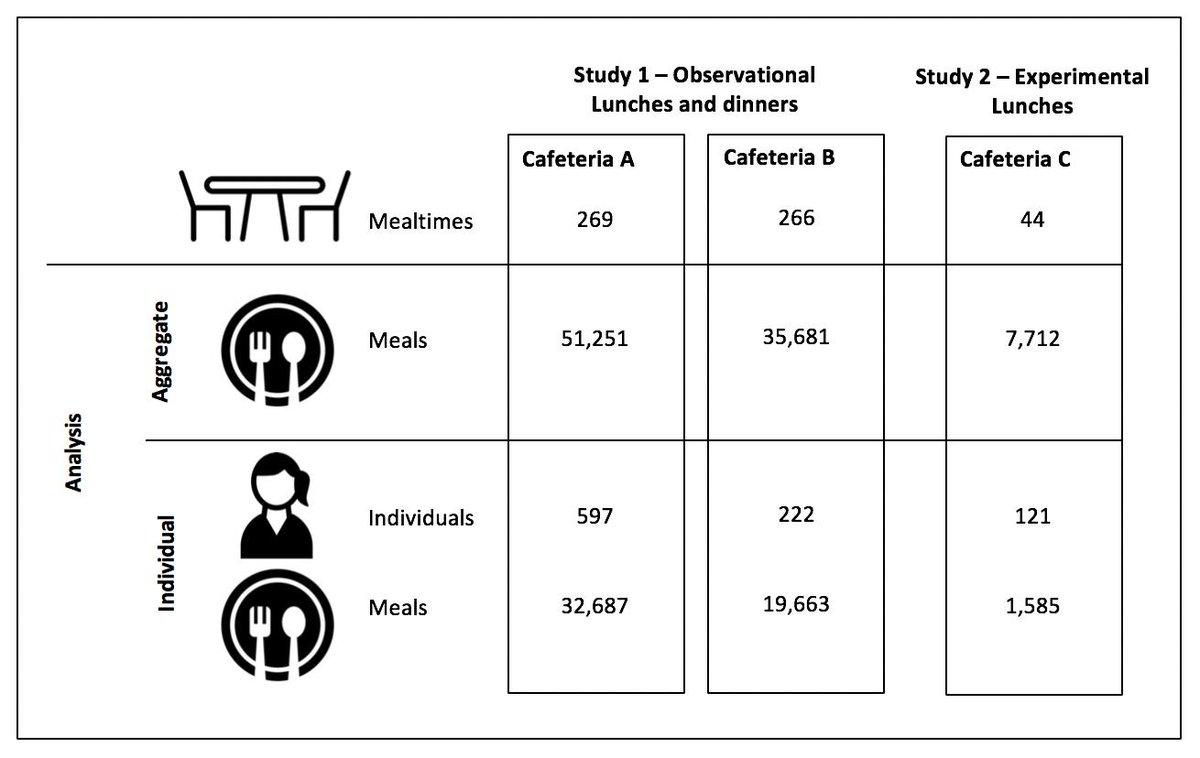Most of the Lake District:
Geology: 9/10
Ecology: 2/10
It's overgrazed to smithereens by sheep.
#EarthDay

Geology: 9/10
Ecology: 2/10
It's overgrazed to smithereens by sheep.
#EarthDay
https://twitter.com/RichDGregory3/status/1517401551551225856


Look at this view of Great and Green Gable. You cannot see a single tree or shrub. The sheep have eaten everything.
We hiked for 8h on a sunny April day - I don't think I saw a single flower or insect on the peaks.
/2
We hiked for 8h on a sunny April day - I don't think I saw a single flower or insect on the peaks.
/2

Aha! Found some trees!
They're growing on small ledges on cliffs near the stream with little grazing pressure.
Well done little guys.
/3
They're growing on small ledges on cliffs near the stream with little grazing pressure.
Well done little guys.
/3

Mid April in the UK, anywhere green should be thrumming with birdsong.
All I heard was a few wrens, crows and I saw some stone chats.
Not a single person on the peaks had binoculars out.
It's desolate, it's depressing, it's barren.
Our hills and mountains deserve wildlife.
/4
All I heard was a few wrens, crows and I saw some stone chats.
Not a single person on the peaks had binoculars out.
It's desolate, it's depressing, it's barren.
Our hills and mountains deserve wildlife.
/4

In the Lake District, there are National Trust donation boxes asking us to help conserve the Lake District.
@nationaltrust - your emblem is literally an oak leaf - why would we want to conserve these unnatural, treeless landscapes?
/5
@nationaltrust - your emblem is literally an oak leaf - why would we want to conserve these unnatural, treeless landscapes?
/5

I often see more interesting vegetation along A roads and motorways than I do in much of our uplands and national parks.
This is such a crying and unnecessary shame.
Here's a photo from the car driving home from the Lake District: trees, shrubs, blossom!
/6

This is such a crying and unnecessary shame.
Here's a photo from the car driving home from the Lake District: trees, shrubs, blossom!
/6


Yes, grasslands with low levels of grazing are important ecosystems for wildflowers and insects. That's not what most of the Lake District is.
Here's a photo of Martin Down nature reserve: there's shrubs and trees and birdsong and butterflies and orchids galore.
📷 Fred
/7
Here's a photo of Martin Down nature reserve: there's shrubs and trees and birdsong and butterflies and orchids galore.
📷 Fred
/7

Overgrazed uplands like the Lake District are often referred to as High Nature Value farmland.
Here's the view of a Cambridgeshire wheat field from my garden. There's more flowers, insects& bird song in this high yield farm& adjoining gardens than in many upland national parks./8

Here's the view of a Cambridgeshire wheat field from my garden. There's more flowers, insects& bird song in this high yield farm& adjoining gardens than in many upland national parks./8


We did find a beautiful and nature-rich spot in the Lake District, which is the flagship, wilding scheme by Ennerdale Lake, @wildennerdal
Have a look at this thread for some joy and optimism!
/9
Have a look at this thread for some joy and optimism!
/9
https://twitter.com/eegarnett89/status/1517507717862199298?s=20&t=GQXexHrbtI_2MNmay19tCA
Some people have rightly pointed out that I'm comparing photos from different sites at different latitudes and altitudes.
Here's a great article showing the change in vegetation within enclosures where intense grazing is reduced in upland areas. /10
amp.theguardian.com/environment/20…
Here's a great article showing the change in vegetation within enclosures where intense grazing is reduced in upland areas. /10
amp.theguardian.com/environment/20…
• • •
Missing some Tweet in this thread? You can try to
force a refresh






